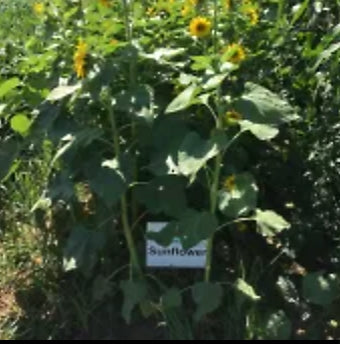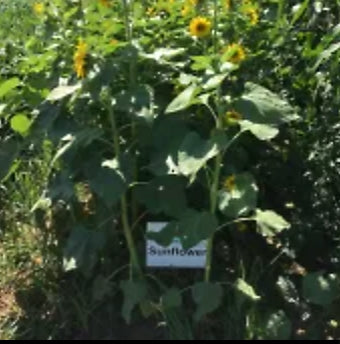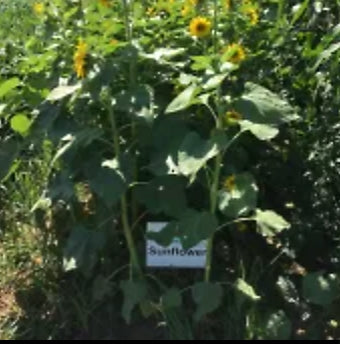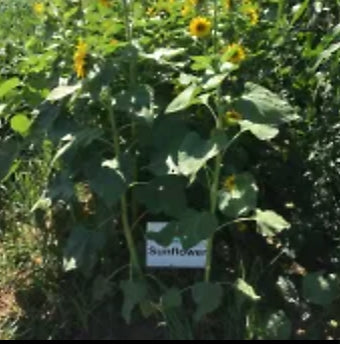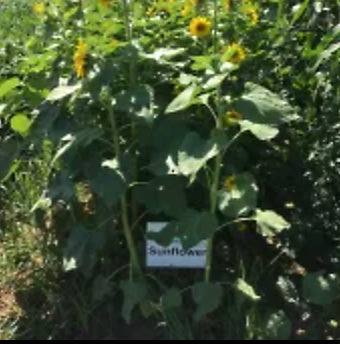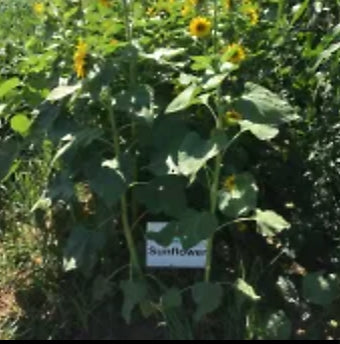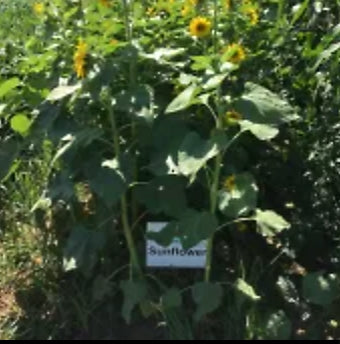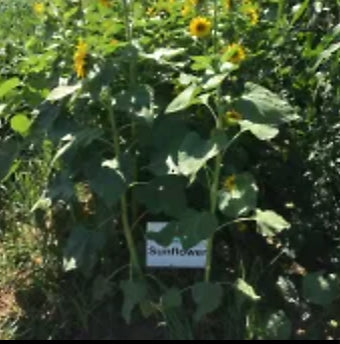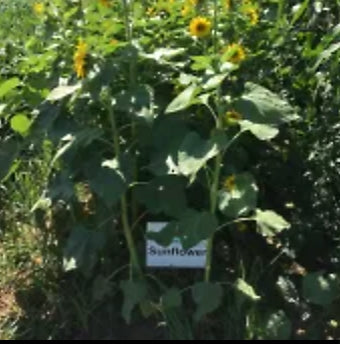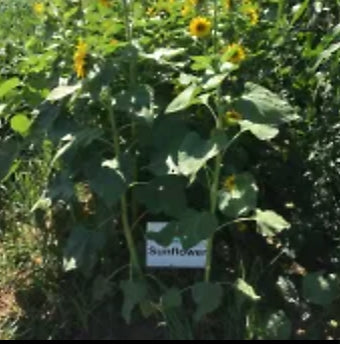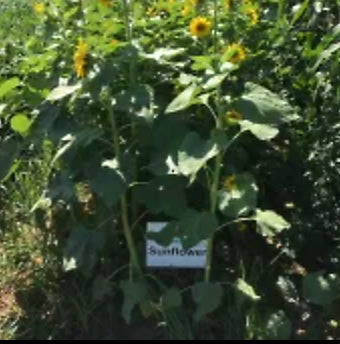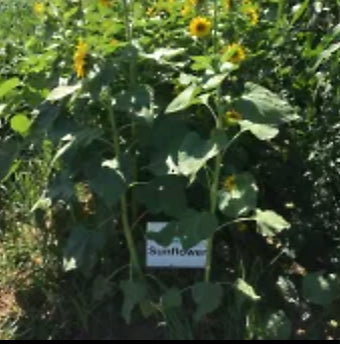-
Reeds Canarygrass
Regular price $300.00 USDRegular priceUnit price per -
Cowpea/Sunn Hemp
Regular price From $8.00 USDRegular priceUnit price per -
Alfalfa/Clover
Regular price $8.00 USDRegular priceUnit price per -
Myco Seed Treatment
Regular price From $51.00 USDRegular priceUnit price per -
Secretariat Barley
Regular price $29.00 USDRegular priceUnit price per -
Byron’s Winter Trit
Regular price $22.00 USDRegular priceUnit price per -
Cover Crop Wheat
Regular price $19.50 USDRegular priceUnit price per -
Sun Gold Spelt
Regular price $35.00 USDRegular priceUnit price per -
Legend Lespedeza (Limited)
Regular price $215.00 USDRegular priceUnit price per -
Balin Bluegrass
Regular price $248.00 USDRegular priceUnit price per -
Birdsfoot Trefoil
Regular price $370.00 USDRegular priceUnit price per -
Tonic Plantain
Regular price $405.00 USDRegular priceUnit price per -
Six Point or Puna Chicory
Regular price From $75.00 USDRegular priceUnit price per

